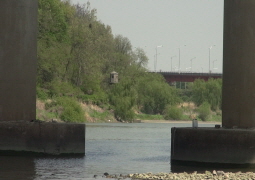
Haengju Water Level Observatory Post
Constructed in 1930s, Haengju Water level Observatory Post was the post that observed the water level of the Han River during the Japanese colonial period. It no longer serves its original function of water level observation, but instead creates a quiet place of rest for visitors.
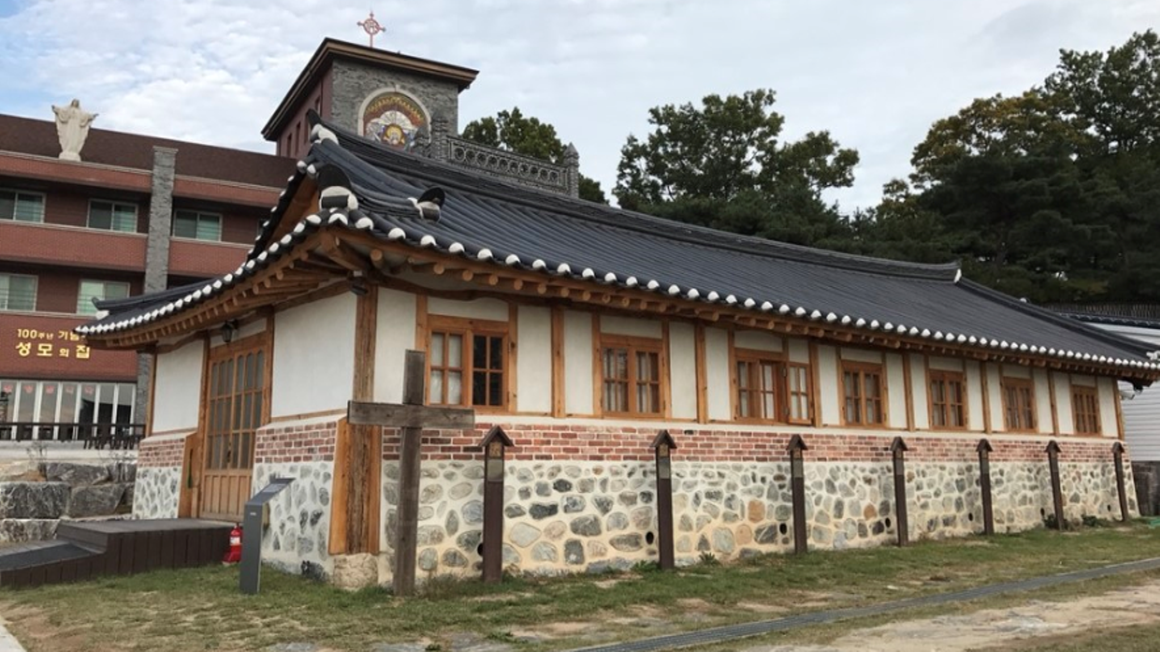
Haengju Catholic Church
Preserving a building or for over 100 years is not an easy feat. That’s why Haengju Catholic Church that was built in 1910 has a great significance.
How about visiting the building of early 1900s that you used to see in TV or movies as if you were time travelling?
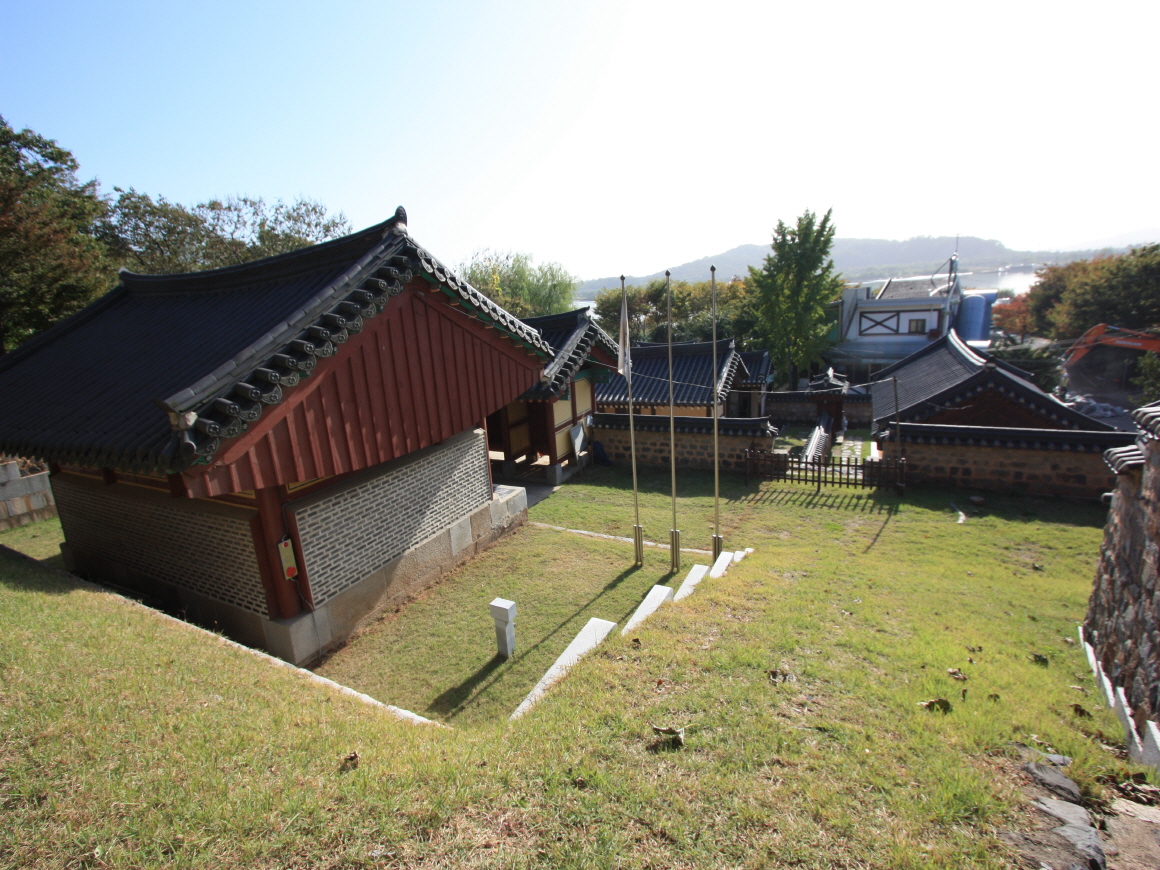
Haengju Seowon
Haengju Seowon was built to commemorate General Gwon Yul, the great general of Joseon Dynasty who fought in the Japanese Invasion of 1592. It’s not extravagant or humongous but the gallantry, resourcefulness, sincerity and loyalty, and spirit can be felt in this small hall. It’s a great plaece for a date or a family outing.
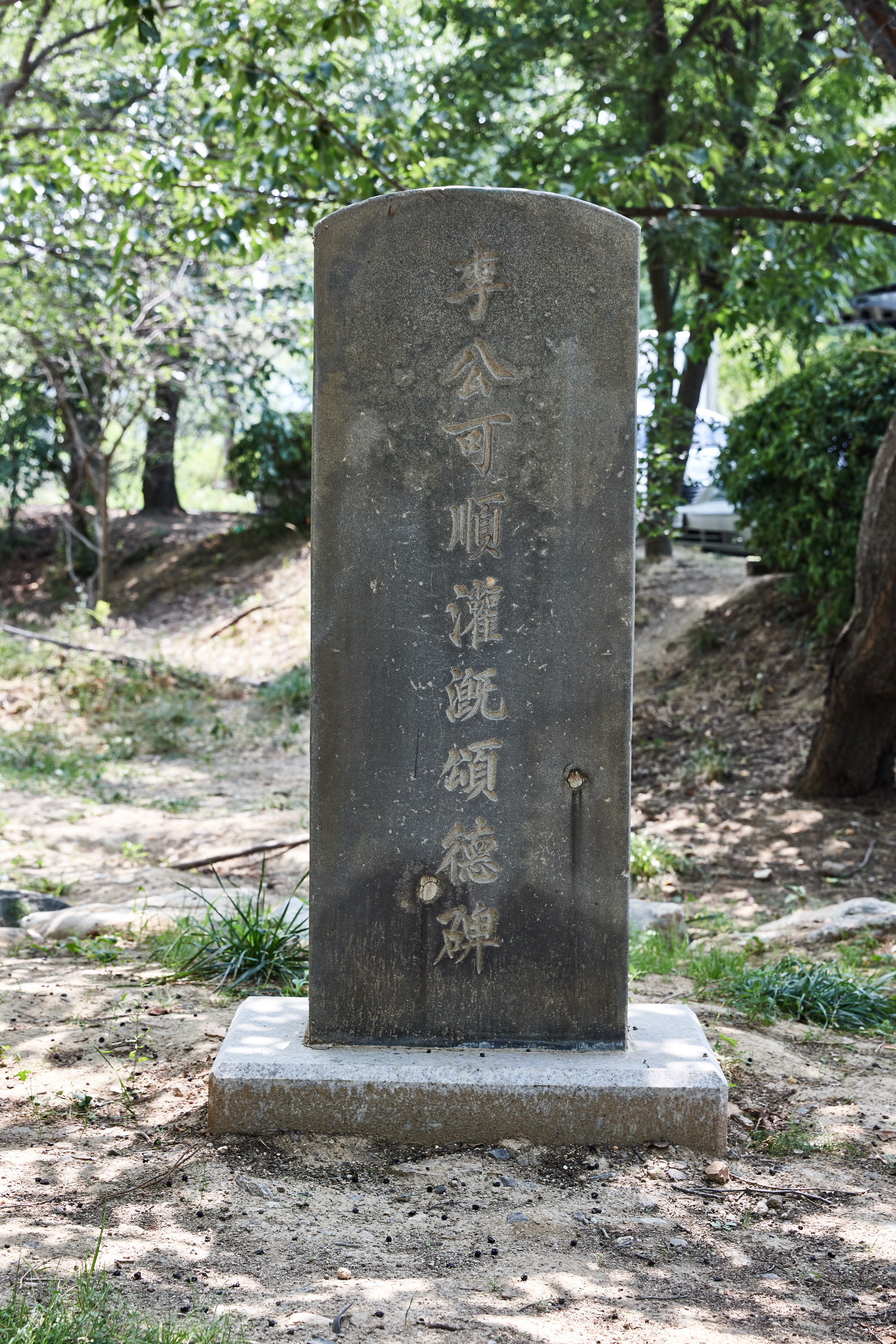
Commemorative Monument of Independence Activist Lee Ga-Soon of Yanggok
The commemorative monument of Indpendence Activist Lee Ga-Soon of Yanggok is in the Haengju Mountain Fortress Historical Park at Haengjuwoe-dong, Deokyang-gu, Goyang City. It was originally located within the Haengju pumping station, 250m southeast of its current location, but it was transferred to its current location in 2016.
“Lee Gasoon Irrigation Mommemorative Monument” is enscripted on the front of the stone, and the lower parts have traces of gun wounds from the Korean war. The back of the monument stone indicates the construction date, contribution of Sir Lee Ga-Soon and Sir Lee Wonjae, and the names of the constructors.
The monument stone reads that he was an independence activist during the Japanese colonial period and displays the contributions of Sir Lee Ga-Soon, the pioneer of irrigation and repairs, and his son, Lee Jaewon. Lee Ga-Soon was born in November 1967 in Hwanghae-do and passed away in April 12, 1943. His family clan is in Wansan, and he settled in the town of Samseongdang, Todang-ri, Jido-myeon, Goyang-gun to contribute to the establishment of foundation construction of the current farming and fishing village.
Since young adult period, Sir Lee Ga-Soon of Yanggok visited Manchuria and Maritime Province of Siberia to unfold independence movement. In 1919, as a part of Wonsan Methodist Church, he lead the 3.1 Independence Movement and established Daeseong School and Wonsan branch of Shinhanhoe. Afterwards, he suffered the hardships in prison as a movement leader and moved to Goyang-gun. After moving to Goyang-gun, he saw that lands like Jido-myeong of Goyang-fun was like a wasteland as they did not have embankment for Han River and were weak against reed fields, tideland, and drought. Thus Lee Ga-Soon bought nearby land with his own money and opened repair facilities and irrigation business. Unfortunately, he passed away while working on repair business. His son, Lee Wonjae, followed his path and established Goyang Repair Association. In November 2010, Sir Lee Ga-Soon was selected as a “ Proud Goyangite” , and the contributions of the father and the son were commemorated. Goyang City moved the commemorative monument of Lee Ga-Soon that was located within the pumping station, to which access is limited, to Goyang Haengju Mountain Historical Partk, where more people can see the monumental stone.
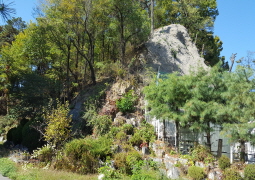
Goyang Meokjeol Ruins (Goyang Beokjeol Mountain Ruins)
Designation No. : Monument of Gyeonggi-do No. 195
740-22 Beopgot-dong, Ilsan Seo-gu, Goyang-si, Gyeonggi-do
As for the origin of the name of Meokjeol Mountain, it is said that a monk of the temple ate a catfish (maegi in Korean), after which the temple was destroyed, so it was called Maegi (catfish) temple and changed into a meokjeol temple. Another story says that it was called Kwaksan in the past. As “Kwak” means miyeok (seaweed), it was called as miyeokjeol and myeokjeol.
Meokjeol Mountian is about 50m, and boats passing through Incheon and Gangwha all passed through this point.
According to the residents’ witnesses, the stone of Meokjeol Mountain disappears during rising tide and reappears with low tide, and Beopgot-dong of this place was an island before the embankment was constructed.
With the embankment stopping the Han River water, it became land.
Isanpo, along with Port of Haengju, was one of the important ports of Goyang City. Meokjeol Mountain Ruins is the first excavated Hanseong Baekjae Period ruins in Goyang city, and the ruins researched until now are: 8 pit dwellings, 2 pits, 1 concrete remains, 5 square stone mound remains, 9 recently composed pit dweelings, and 5 tombs.
They all seem to be traces of houses and buildings made by Baekjae people.
Artifacts excavated in the ruins of Meokjeol Mountain comprise of earthenwears of China and of capitals of Hanseong Baekjae such as Mongchontoseong Fortress and Pungnaptoseong Fortress.
Their characteristics show that remains of Meokjeol Mountain prove evidence that Hanseong Baekjae exchanged directly with the mainland of China, becoming a significant resource that shows the situation of Han river area during the period of the Three States.
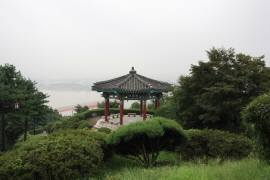
Haengju Mountain Fortress
Haengju Mountain Fortress is a mountain fortress constructed at the peak of Deokyang Mountain in Goyang City. It is the place of “Victory of Haengju” in which General Gwon Yul greatly defeated the Japanese during the Japanese Invasion of 1592. A victory was very significant as it was made possible by gallent generals and soldiers as well as royal forces, monk soldiers, volunteer army forces, and ordinary people. Feel the spirits of ancestors who sacrified their lives to save this country.
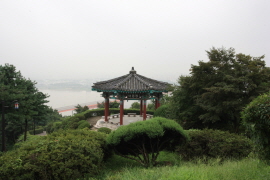
Memoral Stone for the Great Victory of Haengu
Memorial Stone for Great Victory of Haengju was made the commemorate the Great Victory of Haengju. Withered by time and lost, it has been reconstructed twice. While it may look different from the original stone, the sincere and loyal spirit and patriotism that the stone signifies remain unchanged. How about taking a short moment of silence to commemorate the meritorious deeds of the ancestors?






